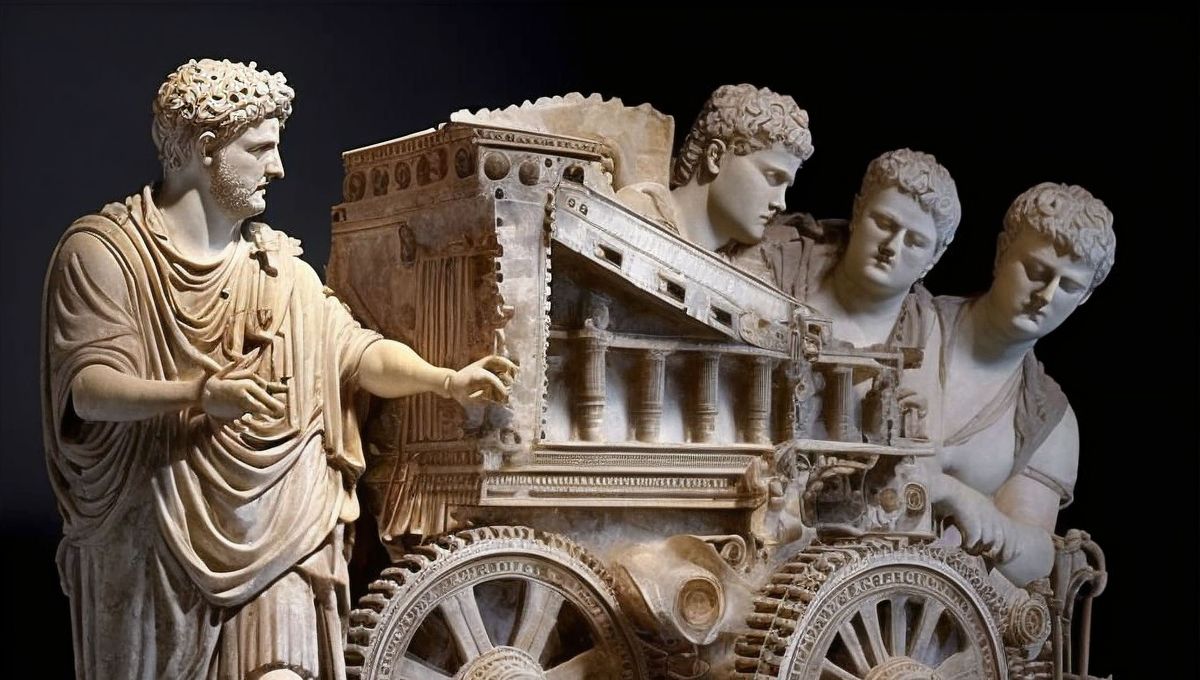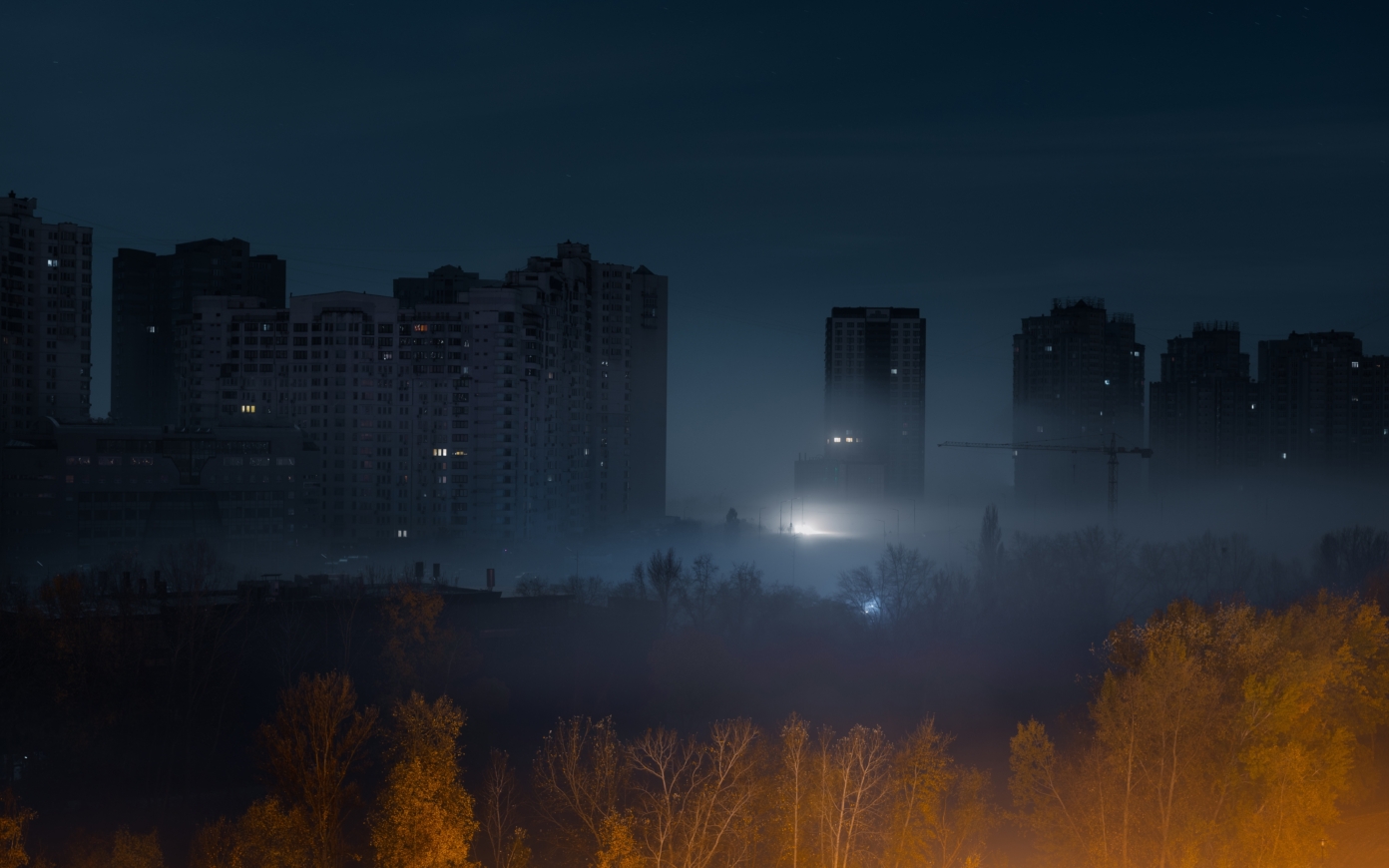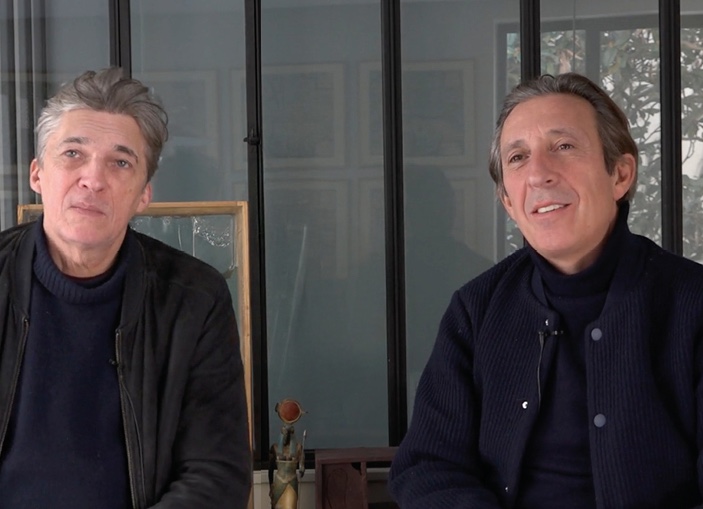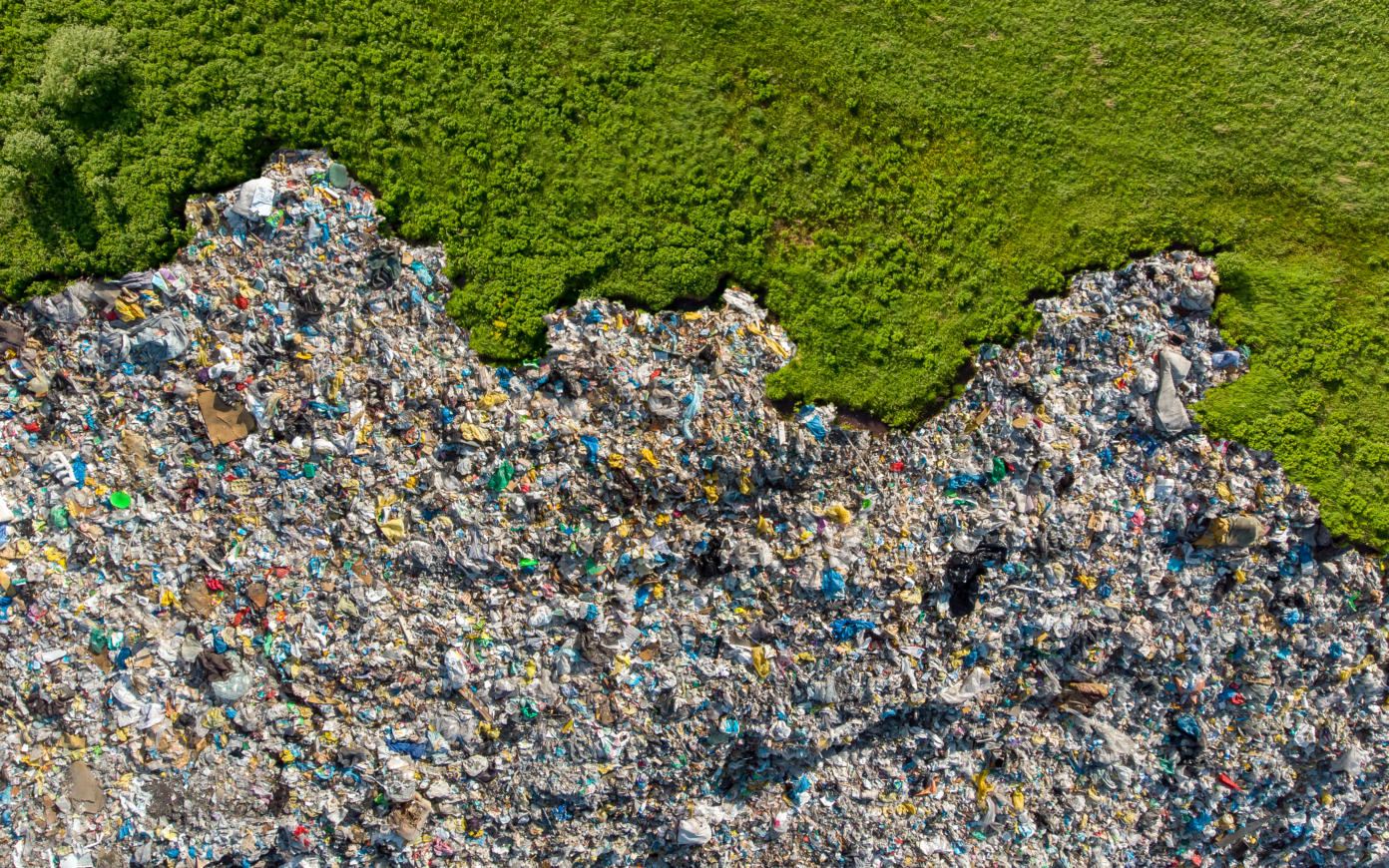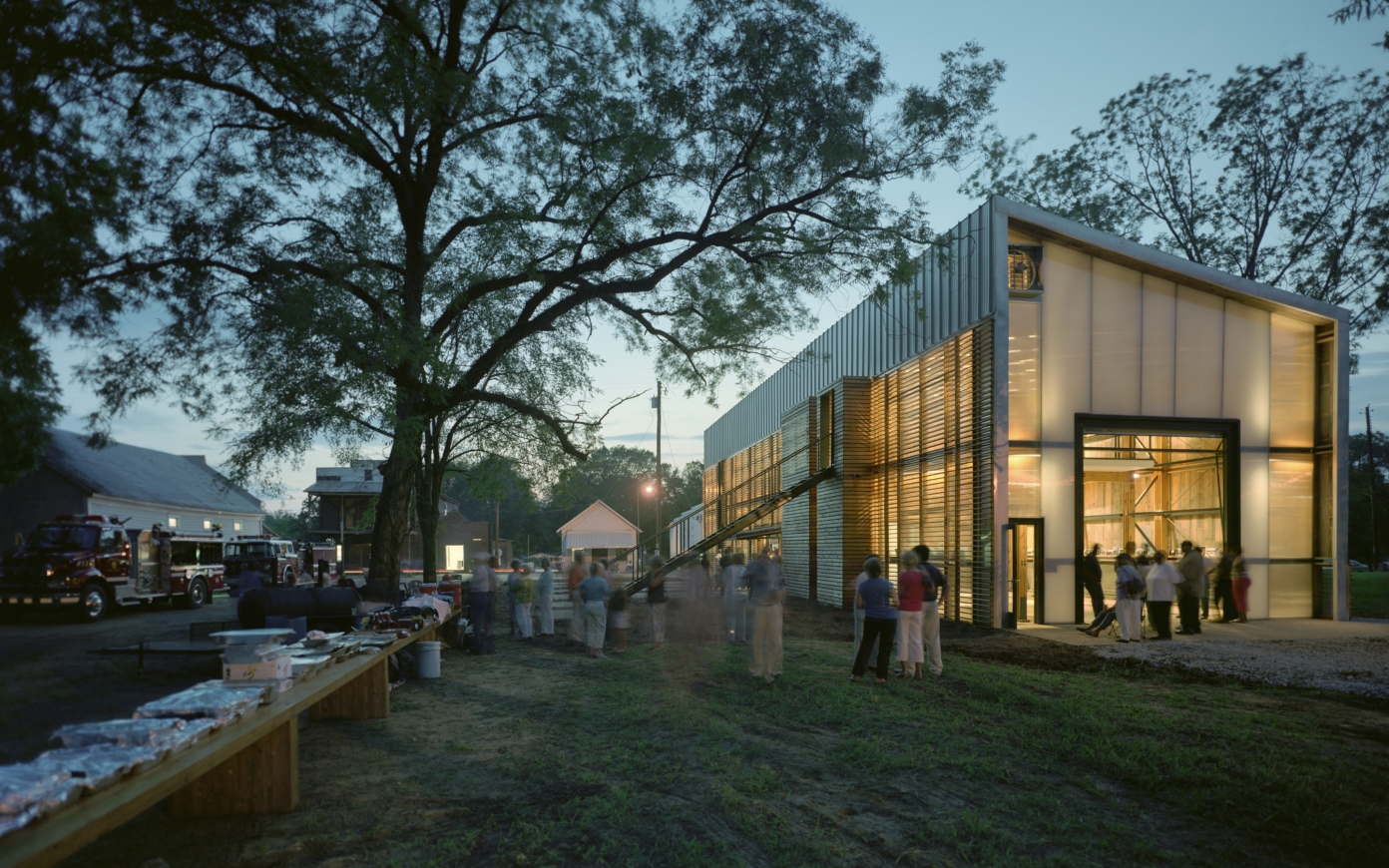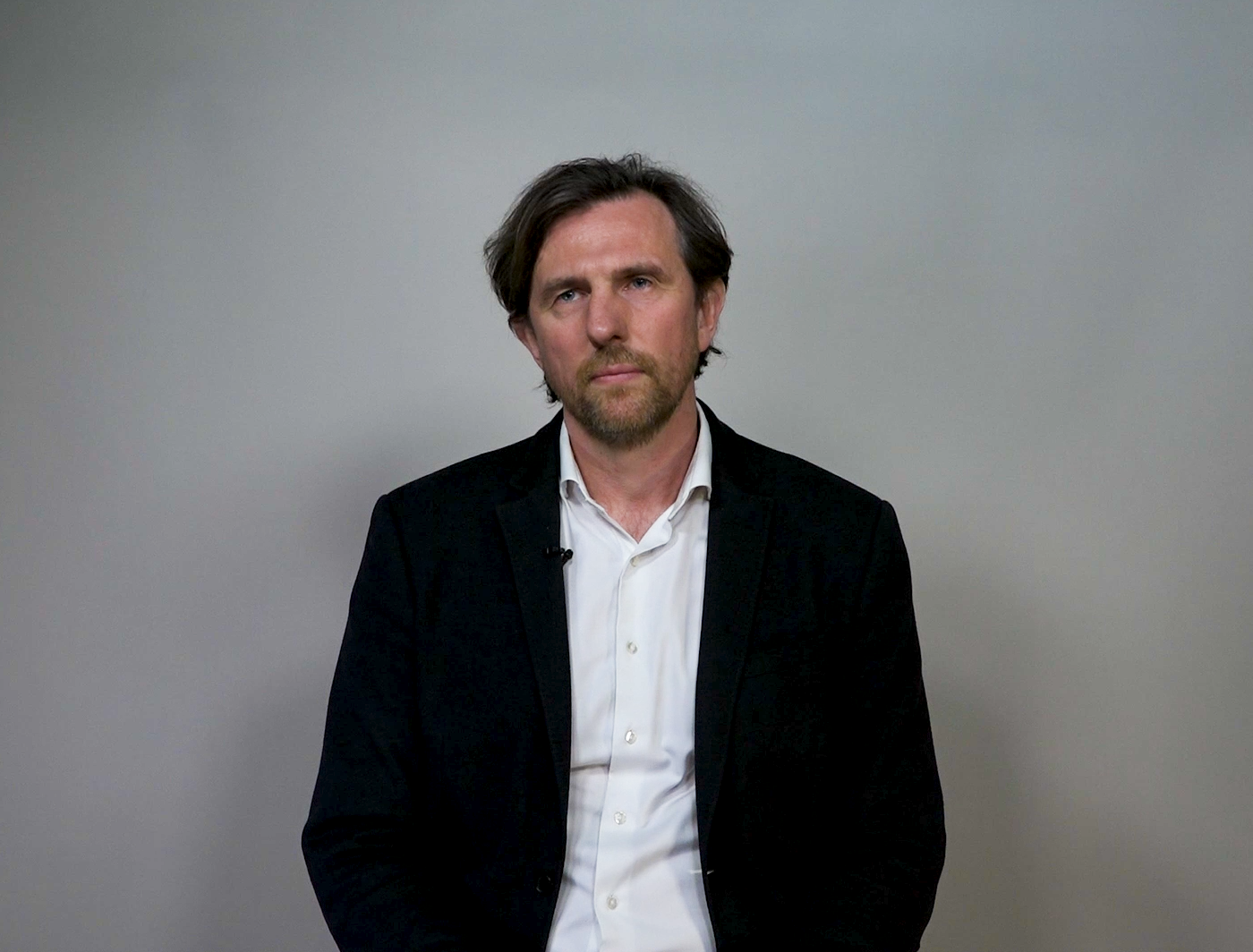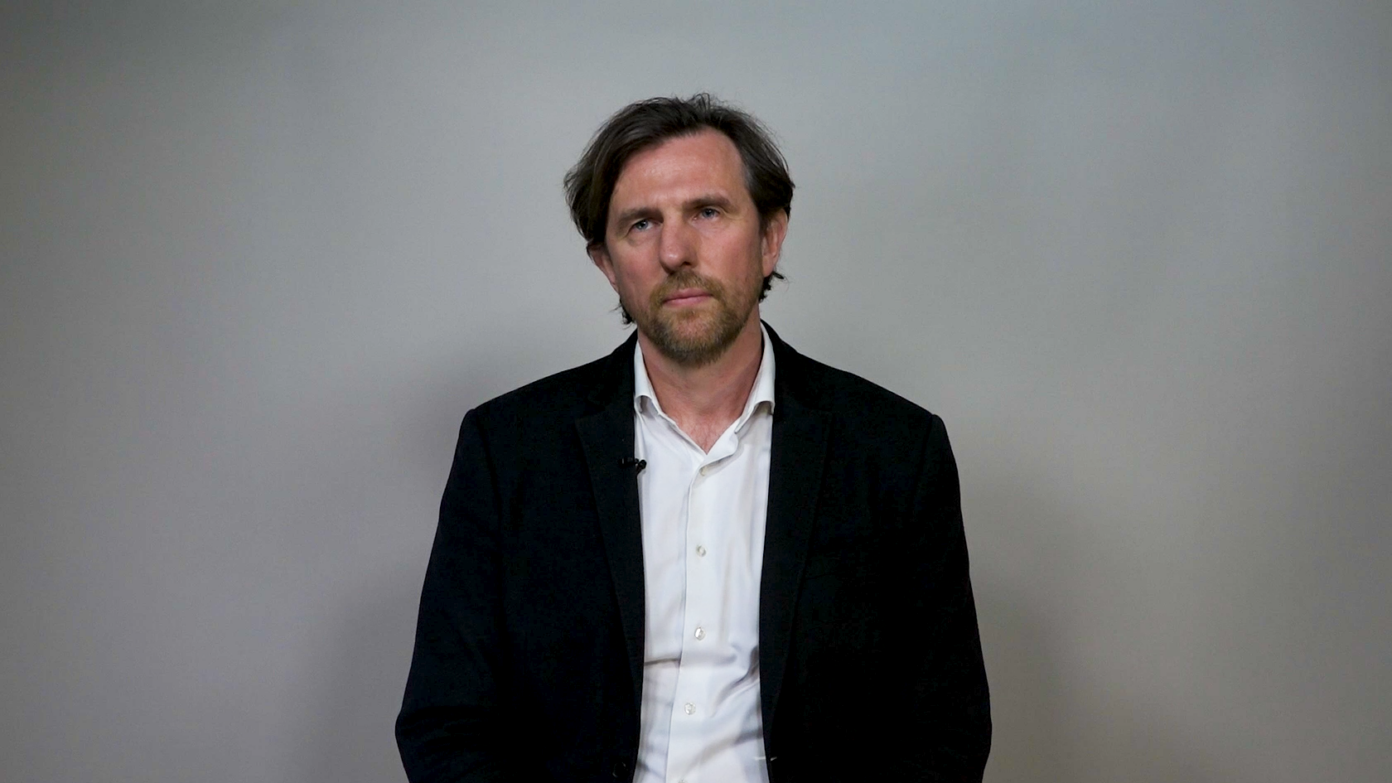Artificial Intelligence in the creation process
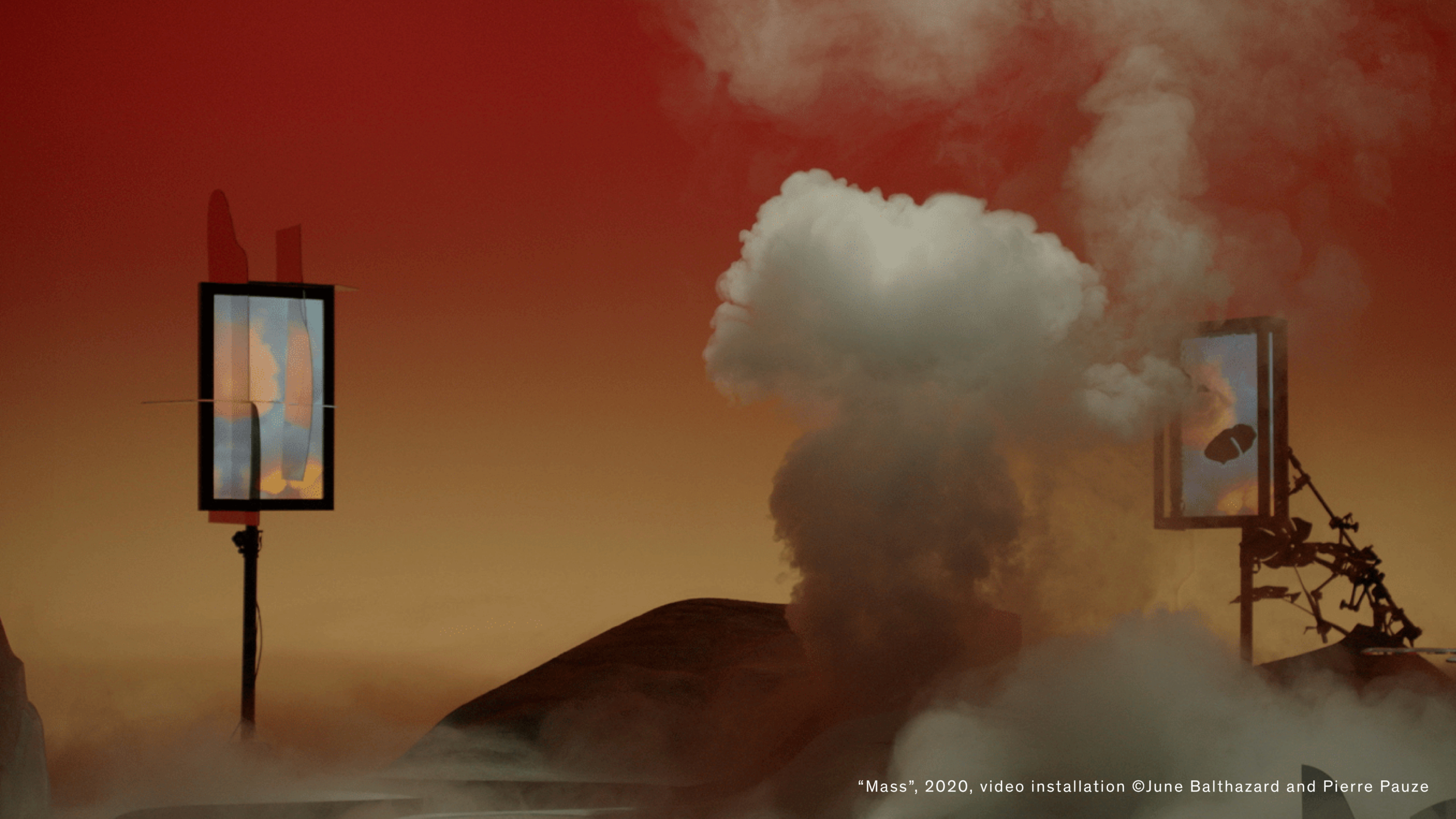
- Publish On 15 April 2024
- Justine Emard, Nicolas Bourriaud, Pierre Pauze
- 68 minutes
AI is a new form of intelligence whose development is stirring up concerns and dystopian fables. Far from replacing human intelligence, AIs are emerging as new tools to be trained, controlled and shaped to achieve the desired result. For the artist, photographer, architect, film-maker, musician or illustrator, AIs become an agent with which to collaborate, resulting in co-creation.
Inaugural lecture of the “AI and Creation” series at the Stream Innovation Center.

